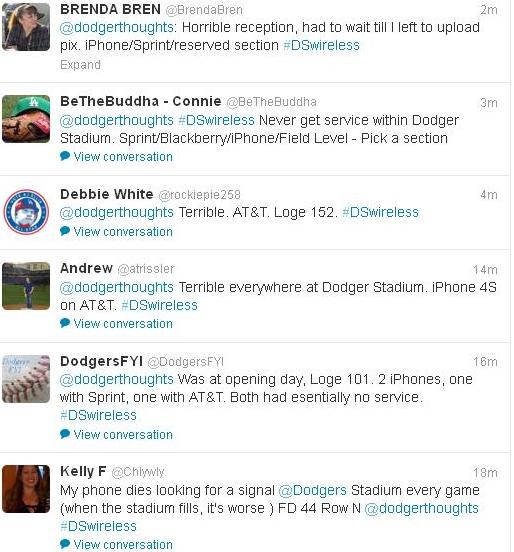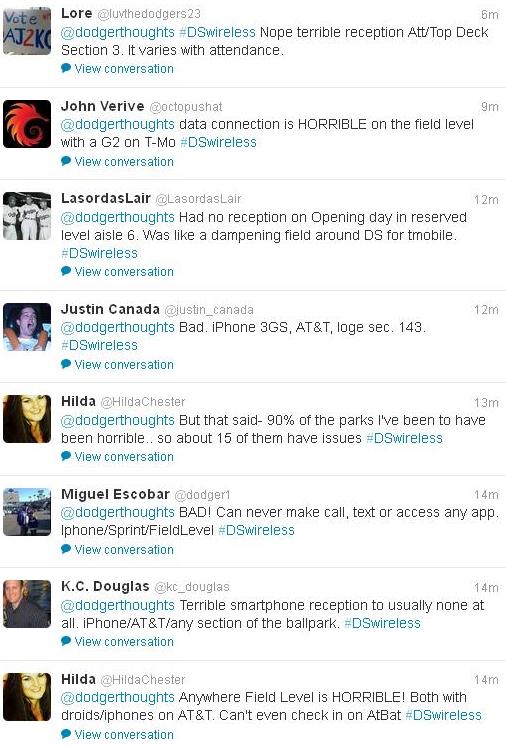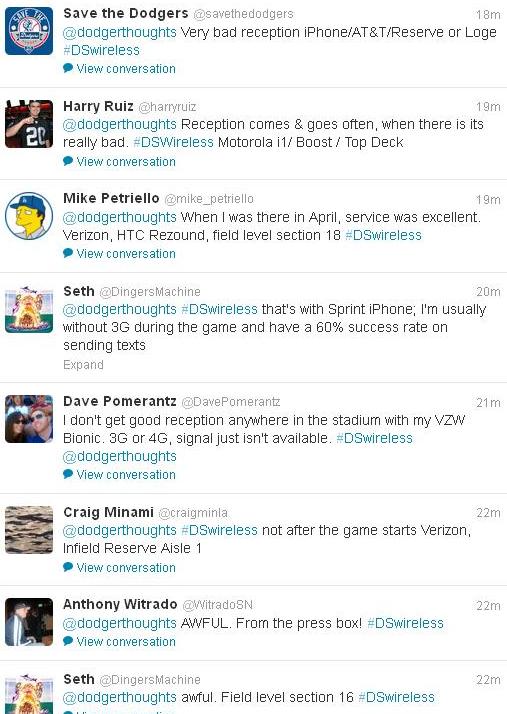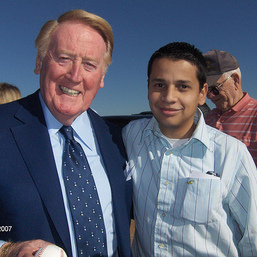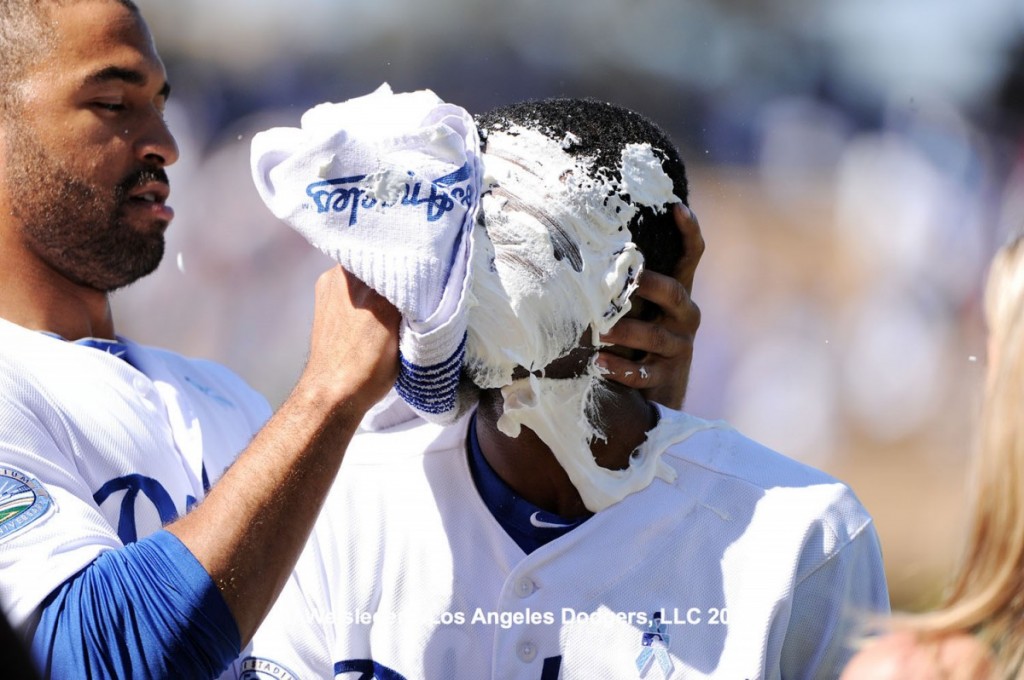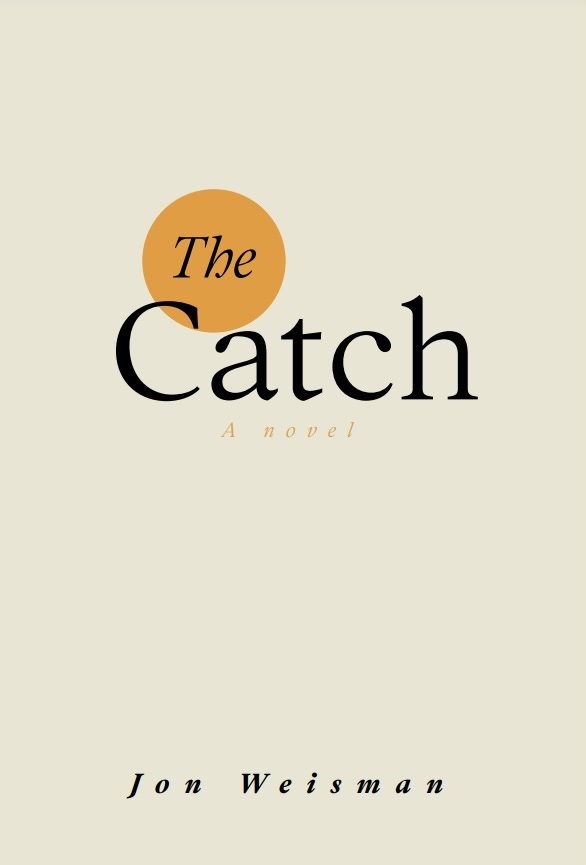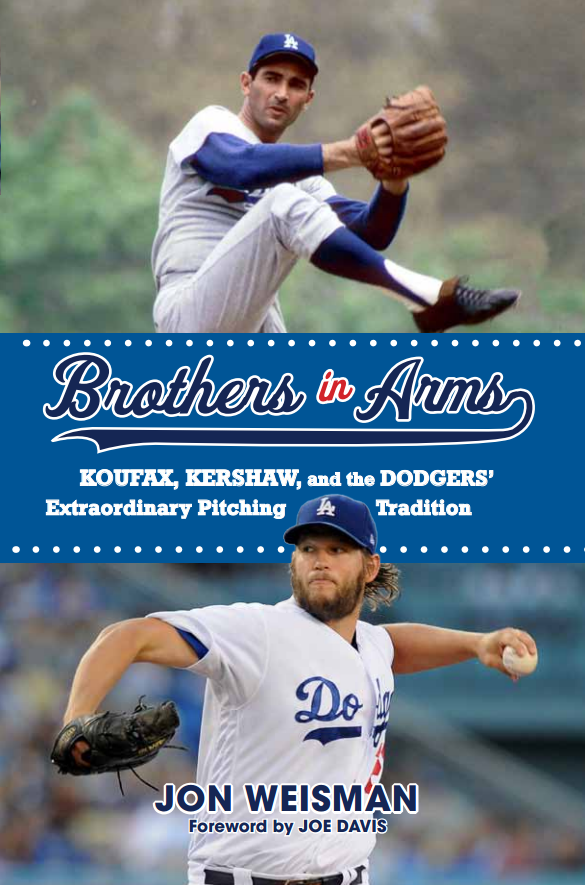Debate over HBO’s The Newsroom which premieres Sunday, has unfortunately splintered in some pockets online into a referendum on the show’s creator Aaron Sorkin — as if you must have problems with Sorkin himself if you have problems with the show.
My audience relationship with Sorkin dates back to seeing A Few Good Men performed on stage with Michael O’Keefe in Los Angeles two decades ago, a memorable night. I was a diehard fan of Sports Night and an admirer of The West Wing, The Social Network and Moneyball. On the other hand, Studio 60 on the Sunset Strip was a mess, highlighted by its completely unconvincing portrayal of what it kept assuring us was the greatest latenight show in the history of man. (The genius of the other latenight-themed program that premiered at the same time, 30 Rock, was that it took the opposite tack of making its show-within-a-show an embarrassing near-failure.) But you can’t win ’em all — I certainly didn’t lose respect for Sorkin because he couldn’t pull this one off.
In the first episode of The Newsroom, there are two traits that stick out. One is that there is dialogue, even by Sorkin standards, that is just preposterous. I’m not talking about the style of speech — I’m talking about the substance. Just as an example, right in the main opening scene, Jeff Daniels’ anchorman character, Will McAvoy paints a picture of America that would seem to deny that Sorkin ever heard of Joe McCarthy. Turns out, there’s a McCarthy reference later in the episode, so there goes that theory. Straw men are not in short supply on this show.
Secondly, while the characters in Sorkin’s best work, however confident or even arrogant they might be, feel truly human, McAvoy just feels plain arrogant. Unlike some of my work colleagues, I’ve only seen the premiere, so I can’t speak to what future episodes hold. But the first episode makes McAvoy into someone whom we’re supposed to root for despite his personality flaws. That would be all well and good if he truly seemed heroic, but since the deck is stacked so heavily in his favor (and I say this as someone sympathetic to the cause), it doesn’t feel like real heroism.
All that being said, I didn’t think the premiere of The Newsroom was bad. It moves quickly despite its 75-minute length, and its aims are certainly honorable. But I thought it was flawed, and not only that, the nature of the flaws made me pretty nervous about future episodes. That’s not a referendum on Sorkin, just on the show.
* * *
You might say that Louie, in contrast to The Newsroom, is a show that works even when it’s not working. The parts that meander have their own particular fascination because of how honest they feel. The rest of the show, which premieres its third season Thursday, will blow you away.
In particular, the second episode of the upcoming season, featuring guest star Melissa Leo, will be one of the most memorable half-hours of the year — amazing to the level of last year’s “Palestinian Chicken” episode of Curb Your Enthusiasm. The funny thing is that my favorite part of the episode isn’t the provocative second half, but rather a joke by his daughter that Louis CK shares early on. Nevertheless, I can’t wait for people to see the whole thing.
Episodes four and five form a two-parter that is also spellbinding. The mind of Louis CK simply astounds me. The guy is flat-out funny, but he’s also, in my book, one of the deepest thinkers around.
* * *
Finally, for those of you with DirecTV, keep an eye out for Hit & Miss, which will premiere on DirecTV’s audience network July 11. The premise is ordinary enough: Chloe Sevigny plays a transgender hit person. But rather than sensationalize it, the drama does the opposite — it’s brooding, and although slowly paced, engrossing. (The teaser above jazzes things up a bit and doesn’t quite convey the show’s mood.)
The first episode has the feel of a good U.K. independent film, only rather than wrapping up the story tidily, it’s just getting started.


